THEN AND NOW: COVID-19 Guidelines
We're now over six months into the COVID-19 pandemic. In that time, we've learned many hard-earned lessons.
Leading scientists and scientific organizations have changed their recommendations multiple times over the pandemic. And that includes us! Many think this means that we aren't doing our jobs right. However, science is self-correcting; guidance will change as knowledge is gained.
Updated guidelines mean we're learning and adjusting our views based on all available evidence.
Science changes, and that's a good thing. Here's what we know now, six months into the COVID-19 crisis.
Why should healthy people wear masks?
Then: Sick people were urged to stay home. If all the sick people stayed home, why would healthy people need to wear masks in public? (Hint: asymptomatic transmission.) Plus, medical masks were in short supply and the usefulness of homemade cloth masks wasn't fully known.
Now: Research shows that the coronavirus is spread through particles in the air. Asymptomatic transmission means that even if you seem healthy, you can still have COVID-19 and infect others. This caused infectious disease researchers like John Lowe, PhD, to urge even seemingly healthy people to wear masks. We now know that homemade cloth masks work in reducing the spread of germs by the person wearing a mask.
6 feet isn't always enough space
Then: Previously, we knew that the coronavirus spread through larger respiratory droplets. This is still true. Many public health guidelines (like the 6 feet of social distancing) were based on the virus spreading through the larger respiratory droplets. The majority of cough particles travel about 6 feet before falling to the ground, so stay 6 feet away from others to reduce risk.
Now: Aerosols can travel farther than 6 feet. Even if you're 6 feet away, aerosols may be able to infect you. With airborne transmission, an enclosed space is riskier than an outdoors area. You can still get infected over 6 feet away if the conditions are right, like in a choir practice. Super-spreader events have typically been indoors, with poor ventilation and lots of vocalization like singing or talking.
The disinfection debate
Then: Many people were disinfecting their mail, their groceries and their phones.
Now: We now know that surfaces are less of a danger than crowded spaces. The virus spreads easily between people.
For transmission to happen through a surface, someone would need to get a large enough amount of the coronavirus on the surface, and you'd have to touch it before the virus dies. Then you'd have to touch your mouth, nose or eyes without washing your hands. It is still recommended that you disinfect frequently touched surfaces, but you can probably leave your mail and groceries alone. Washing your hands after touching surfaces in public is also a good idea. If someone in your home, including yourself, tests positive for COVID-19, more caution is needed.
Updated COVID-19 symptoms
Then: Fever, cough and shortness of breath were the only known symptoms of COVID-19.
Now: The list of symptoms is much longer, including the above plus sudden loss of taste or smell, fatigue, headache, nausea, muscle pain and GI symptoms like diarrhea.
Risk, long-haulers and effective treatments
The risk of death is not limited to people over 65 or people with preexisting conditions. Young people who are otherwise healthy have died from COVID-19. Although these groups are at lower risk, everyone needs to take precautions.
Previously, some assumed that people would fully recover after two weeks of illness. The reality is that many people experience effects from COVID-19 weeks and even months later. These “long-haulers” have experienced lasting effects on the lungs, heart, kidneys, brain and other organs.
How have doctors changed how they treat COVID-19 patients? Infectious diseases expert Mark Rupp, MD, says, "We have gained knowledge and are better at treating patients with COVID-19. We know that remdesivir quickens recovery and that dexamethasone may decrease mortality in certain circumstances. We are smarter about how to best support patients by enhancing lung function and preventing blood clots. Studies are ongoing to look at convalescent plasma, monoclonal antibodies and immunomodulation."
COVID-19 was a completely new disease, never seen before. Doctors and scientists have discovered much about COVID-19 since then, from how it spreads to how to treat it.
Science is working. As we get more data, we update our recommendations.

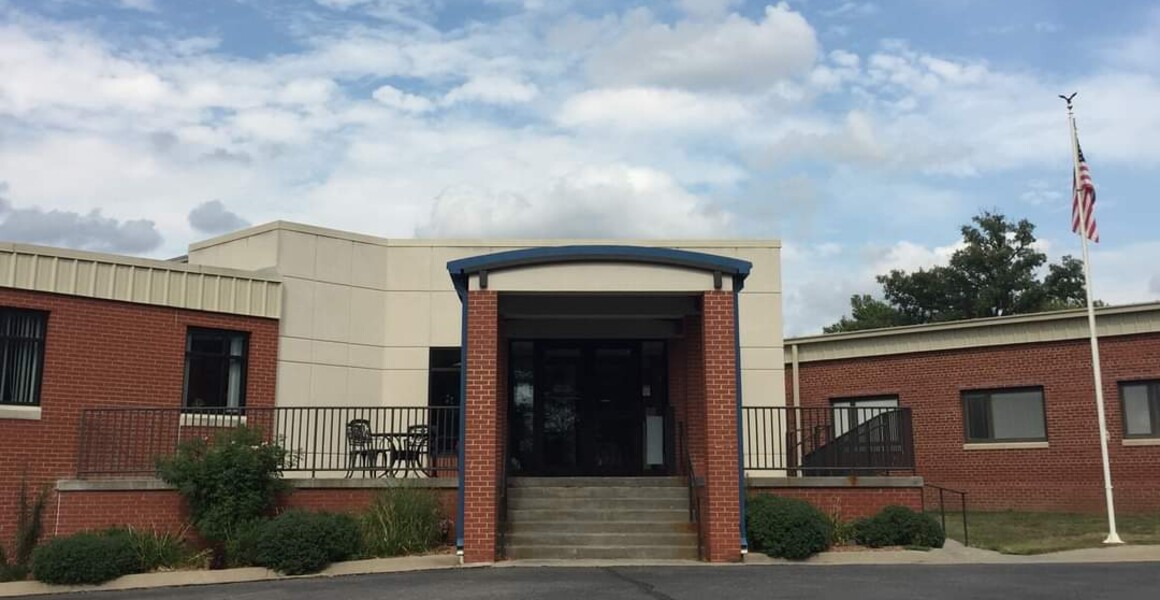
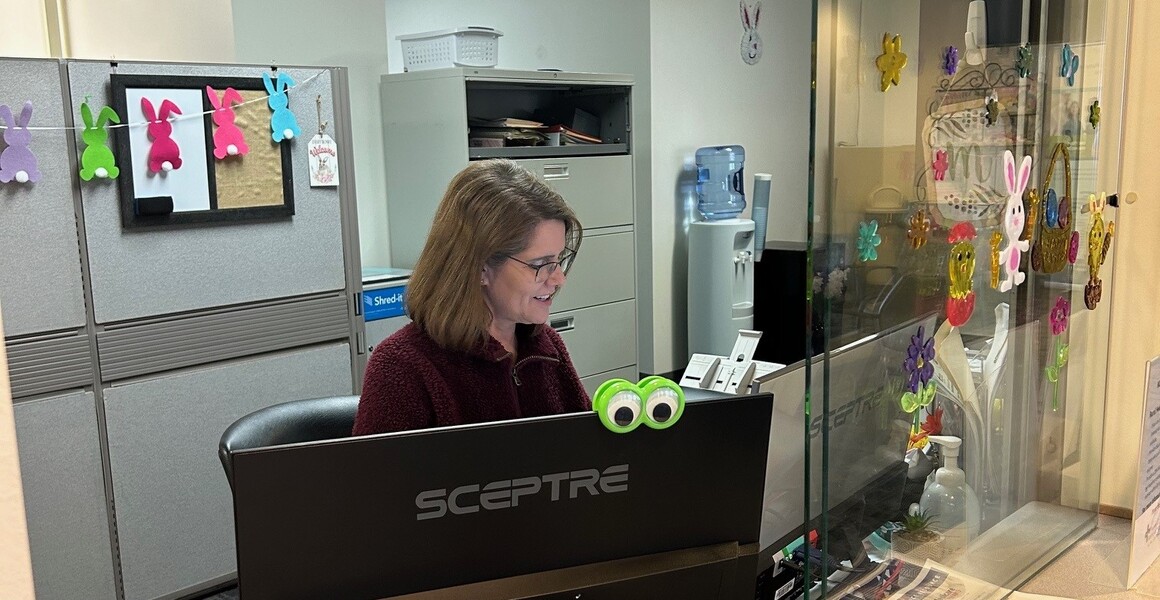
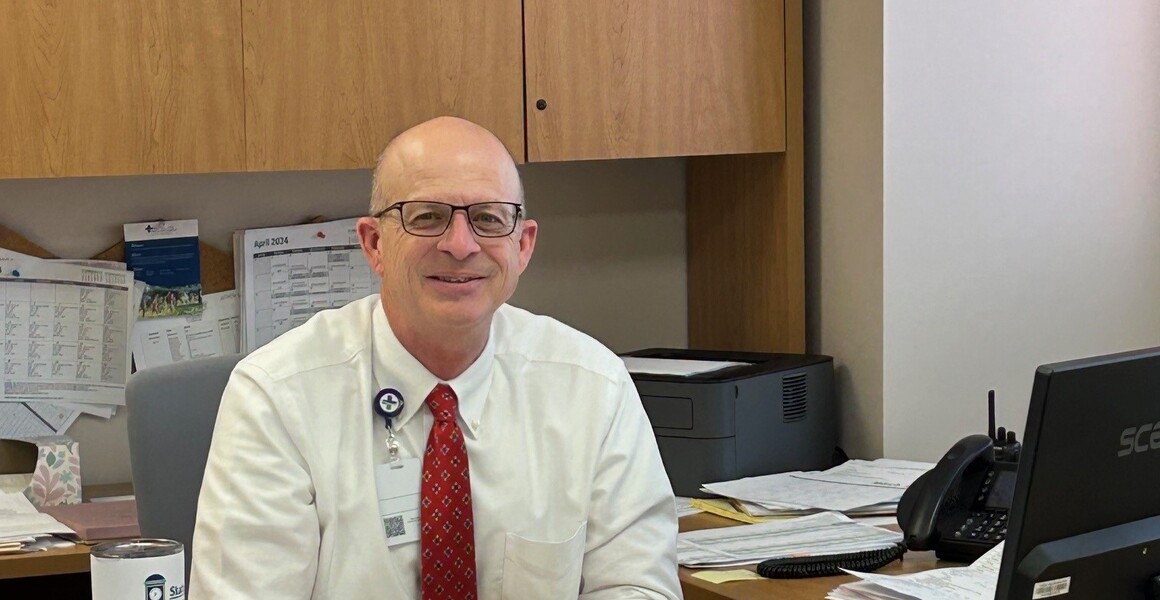
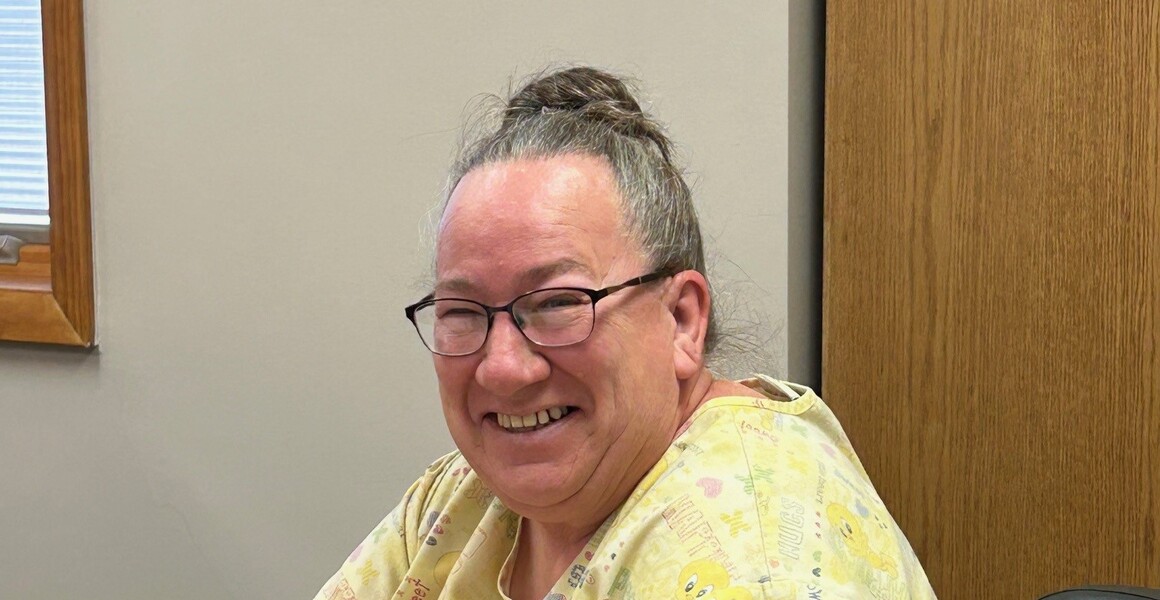
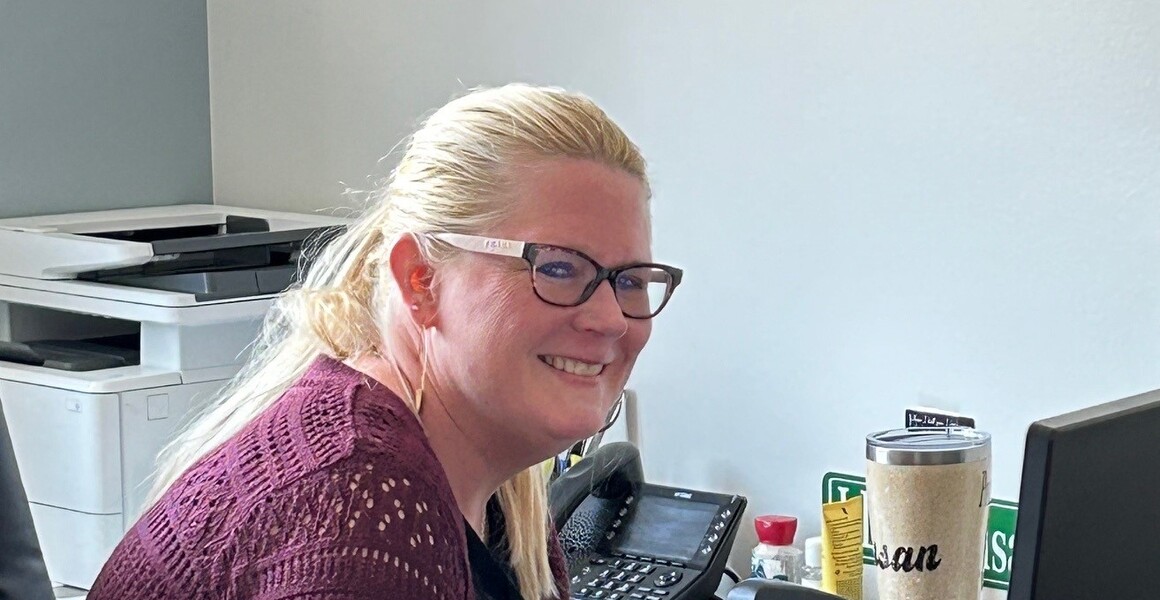
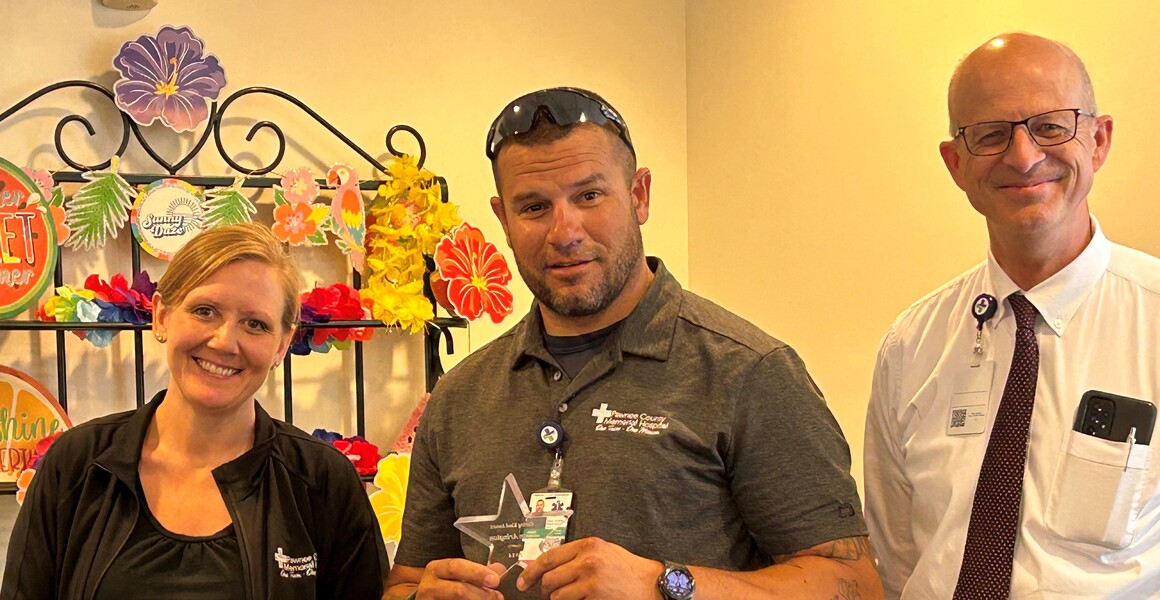
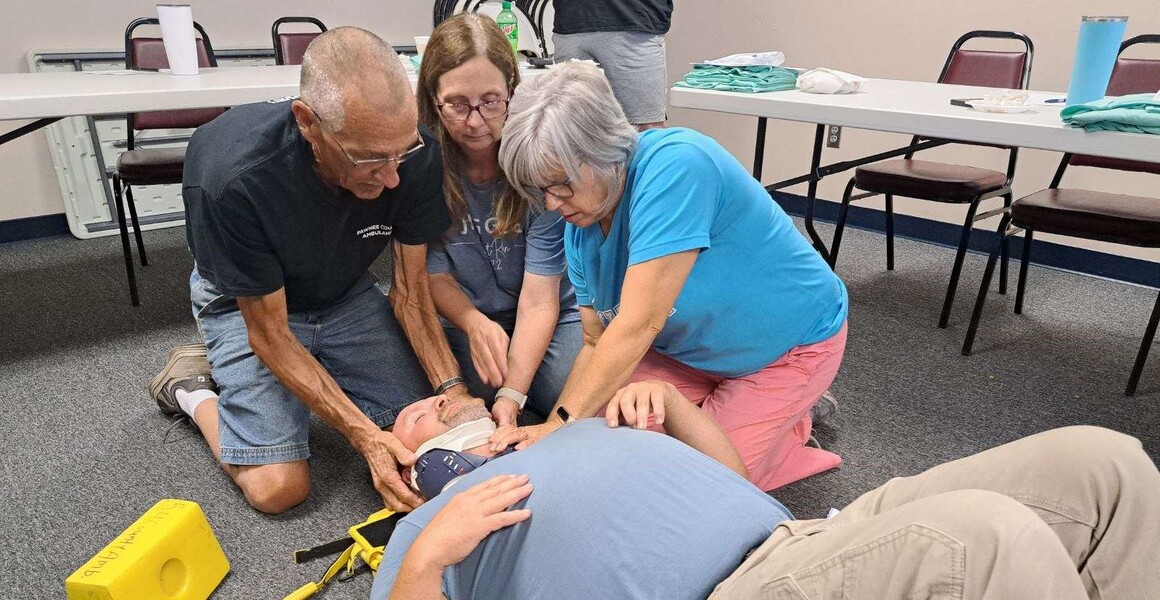
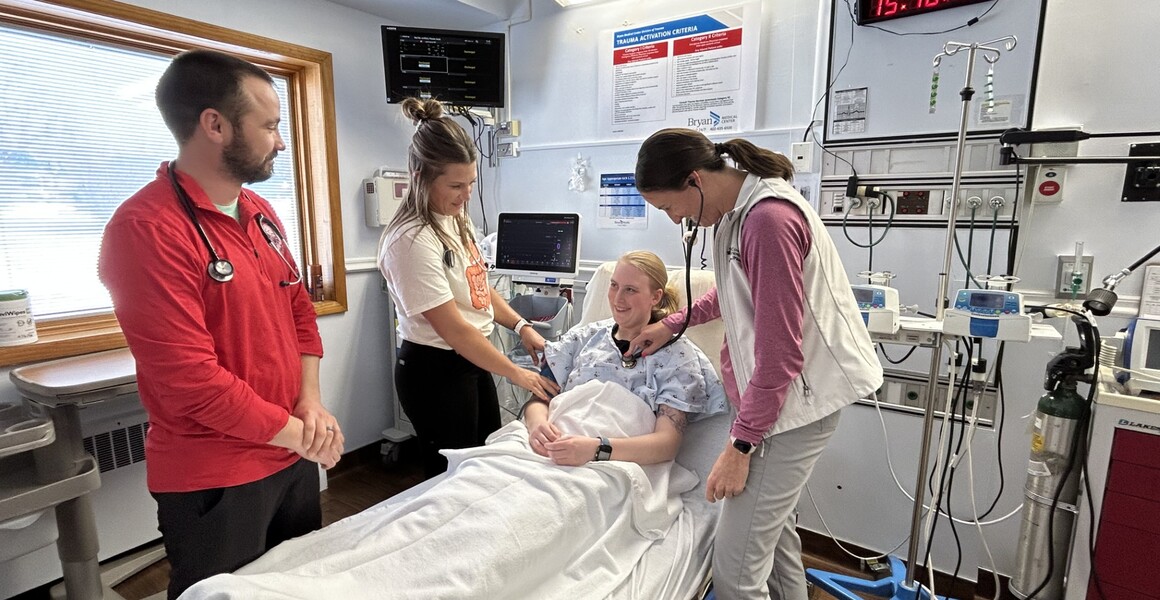

.jpg) Launch the media gallery 1 player
Launch the media gallery 1 player